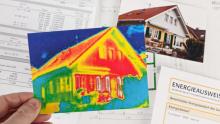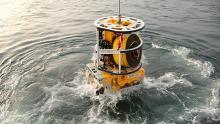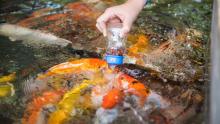Community engagement drives Ebola vaccine trial in Sierra Leone

To ensure the right person takes an Ebola trial vaccine at the right time in Sierra Leone, an EU-industry funded project is employing a combination of low-tech and high-tech community engagement strategies. Today, 450 adults and 96 adolescents are successfully enrolled in a two-stage vaccine trial.









